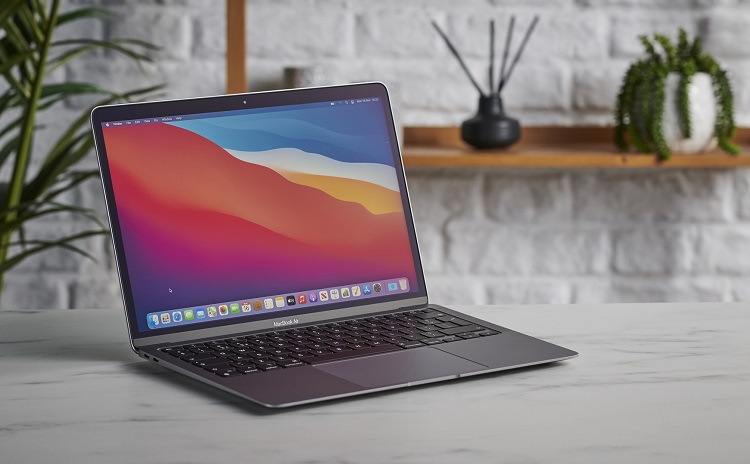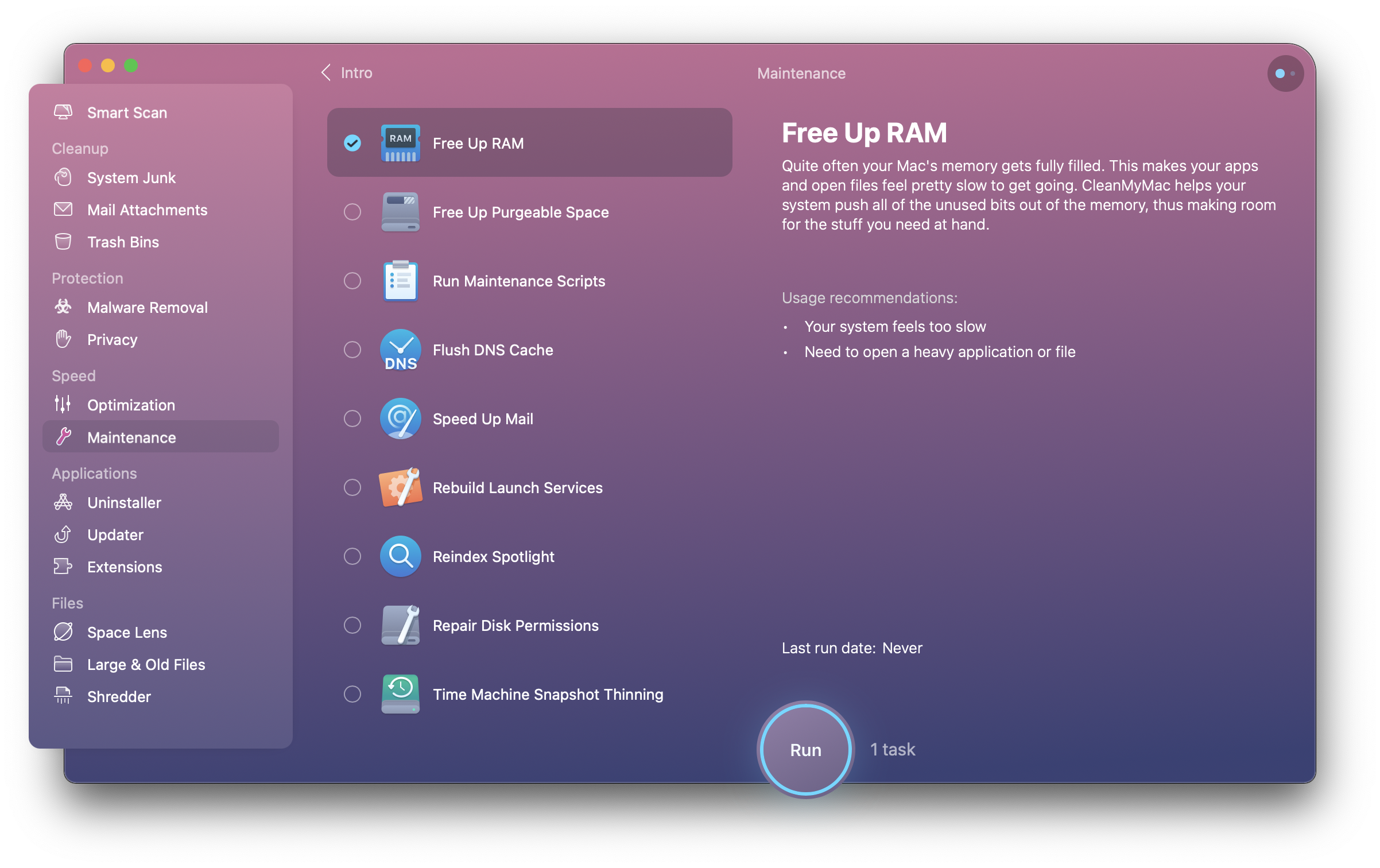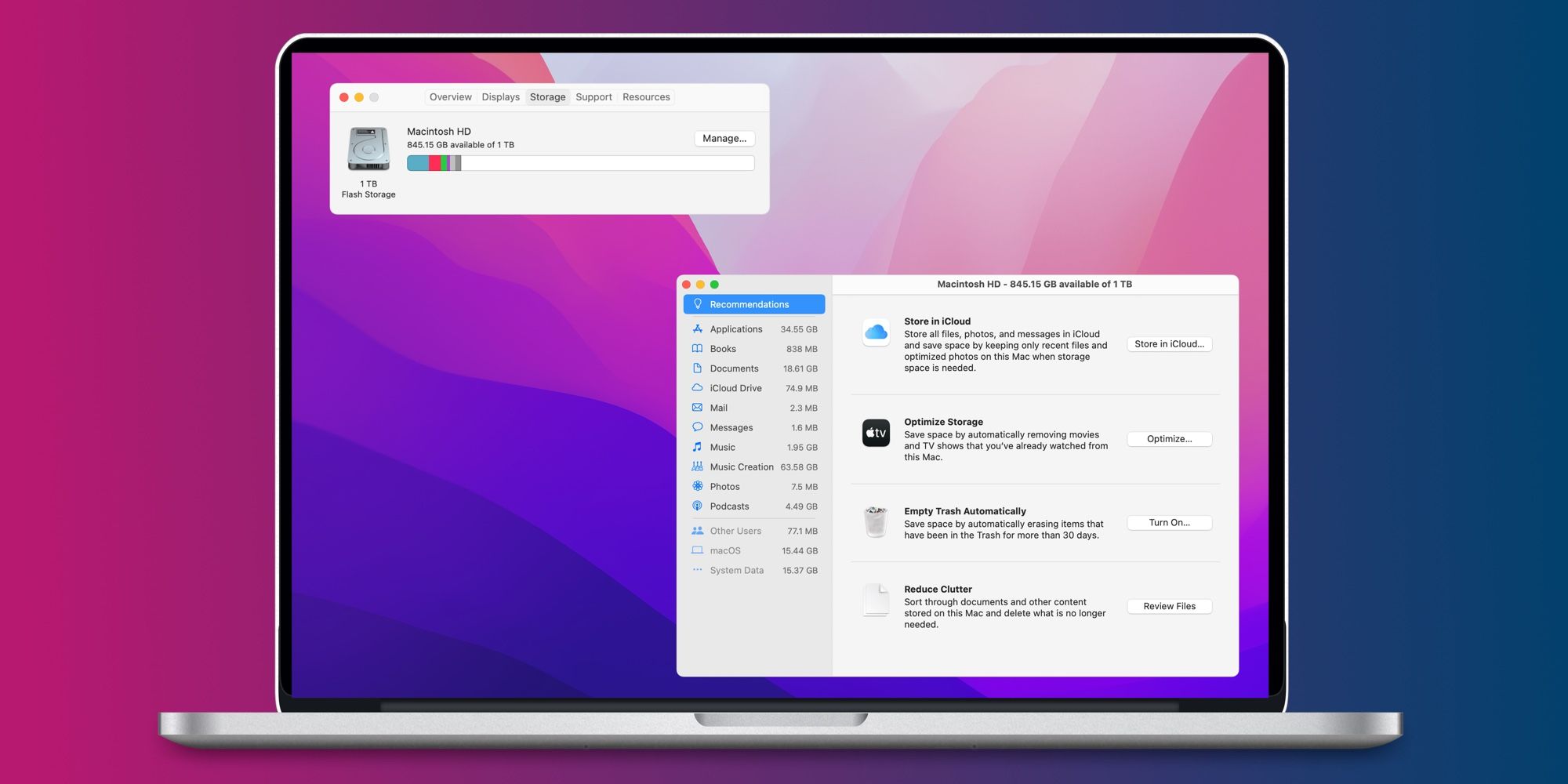

You can modify these settings at any point in the iCloud pane of Apple ID settings, Photos settings, or Messages settings.

Later, when you open a file that isn’t stored locally on your Mac, the system retrieves it from iCloud and then opens it. This tool uploads files in specific folders of iCloud and deletes the files you rarely use from Mac’s storage. For instance, you can store large photo and video files in iCloud Photos, and messages with big attachments in iCloud. If you have too many files in your Desktop and Documents folders, you can choose this option to store them in iCloud Drive. This will open a Recommendations window with options for optimizing your storage space. Next to the Storage graph, select Manage.On your Mac, open the Apple Menu and select About This Mac.To optimize storage space on your Mac, follow the steps below.

The optimized versions of your photos and recent files stay on your Mac, and you can download the original files at any moment if you ever need them. The files will still be available any time you want, but they won’t take up space on your Mac. Mac users running macOS Sierra or higher can make more room on their computer by keeping large files, photos, videos, Apple TV movies and TV shows, and big email attachments in iCloud. How to Optimize Storage Space on Mac the Easy WayĪ great way to free up a lot of space on your hard drive is to use the Optimized Storage features on Mac. Light gray represents the free disk space you have left on your Mac. Once this information loads, you can move your cursor to see how much space each category of files uses. To find out your available storage, follow the steps below. How to View How Much Storage Space You Have Leftīefore freeing up gigabytes of space on your Mac, check exactly how much space you have left on your Mac computer. That includes relocating documents and large files you don’t frequently use to your iCloud Drive and using Mac’s automated tools to reduce clutter and duplicate files. Another way to free up space on your hard drive is to optimize Mac storage. Storage cleaning is when you delete files and remove items that you don’t use. Managing your Mac storage is about storage cleaning and optimizing. Various apps can also slow down your operating system and cause odd errors. You need to know where you’re keeping specific files to avoid downloading them repeatedly and creating duplicate files you don’t use. Unorganized files can quickly clutter your Mac. However, even a large hard drive can fill up if you never do maintenance. These days, it’s a common situation when your new iPhone comes with more storage space than your MacBook.

What Managing Your Mac Storage Means and Why Do It


 0 kommentar(er)
0 kommentar(er)
